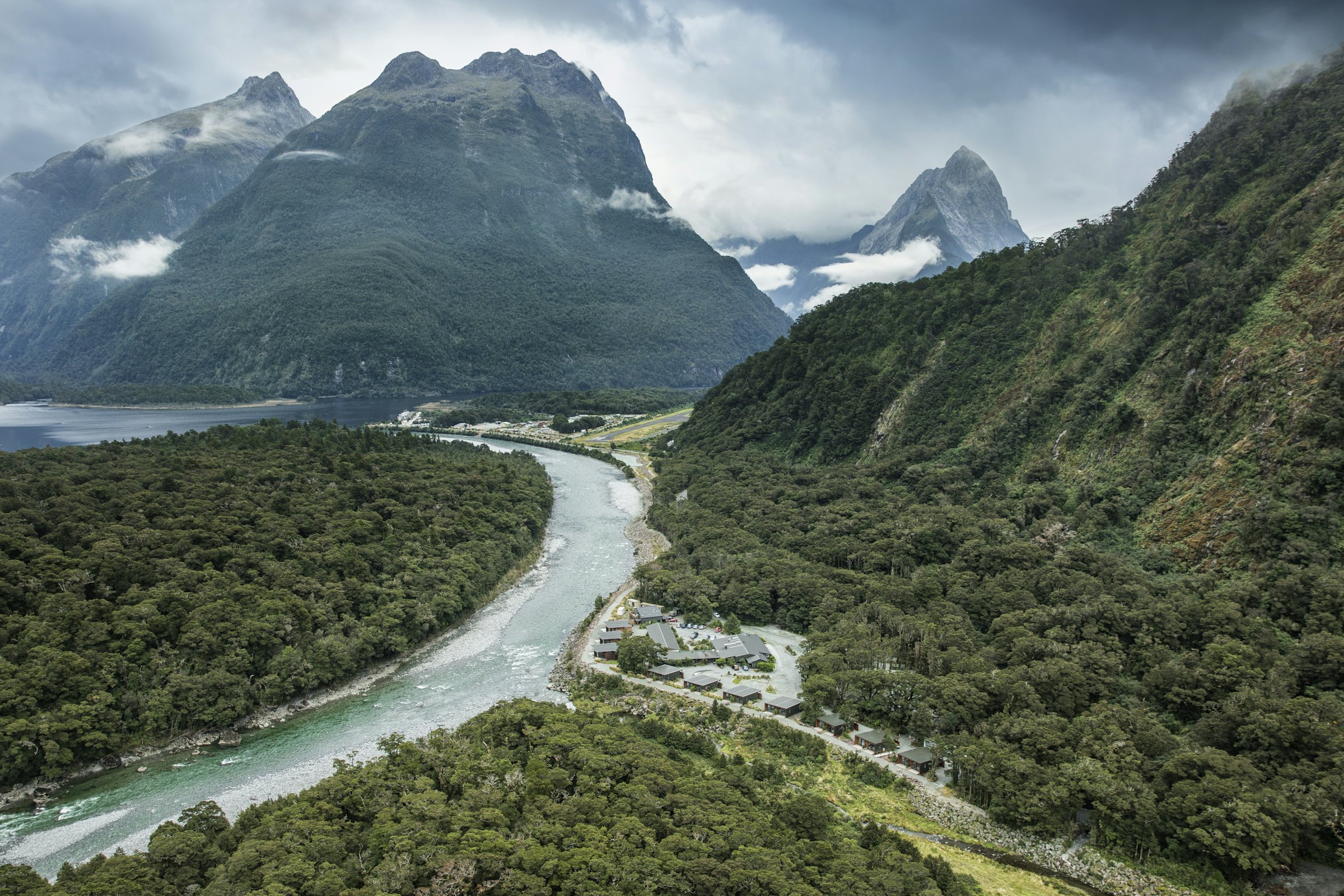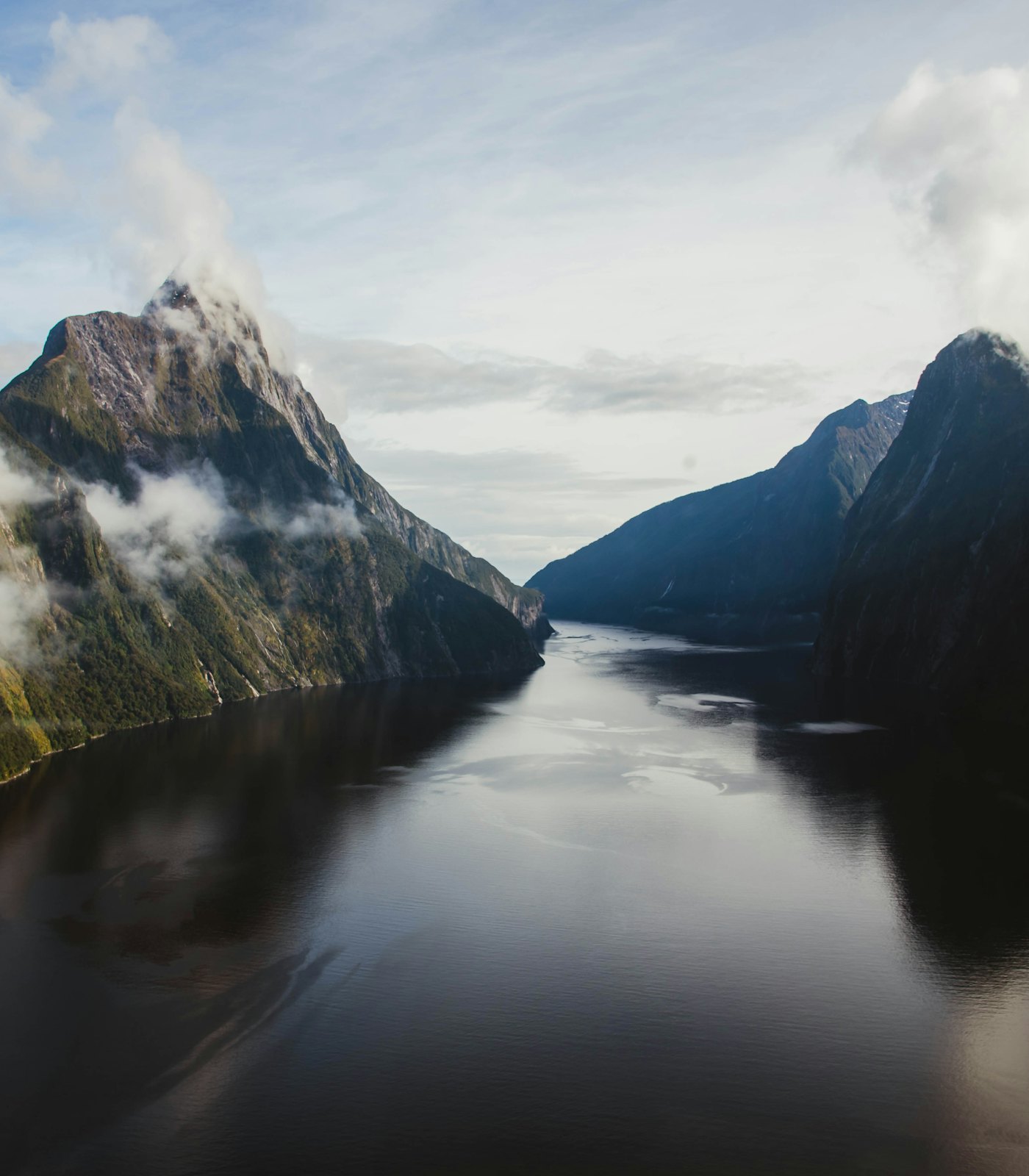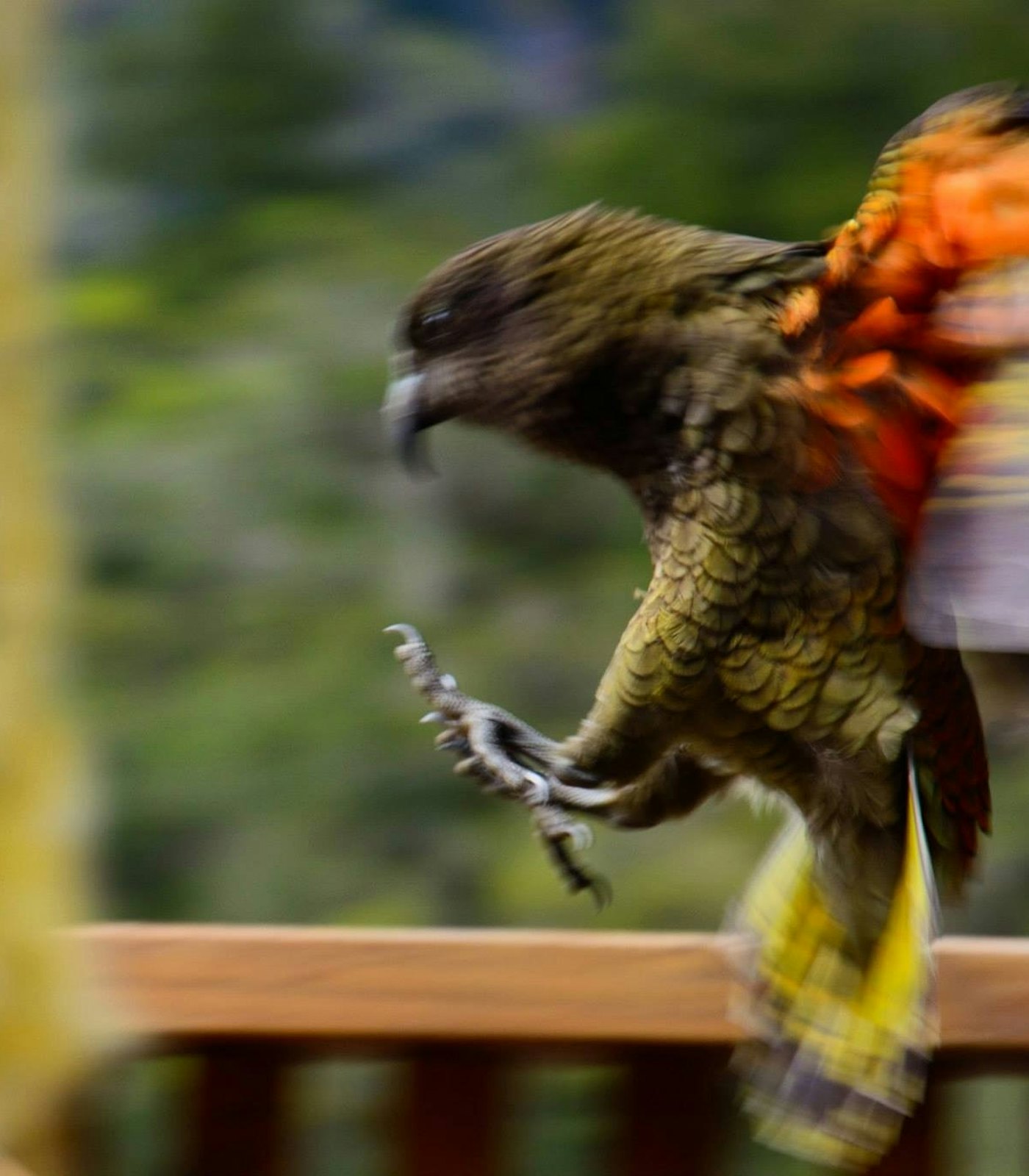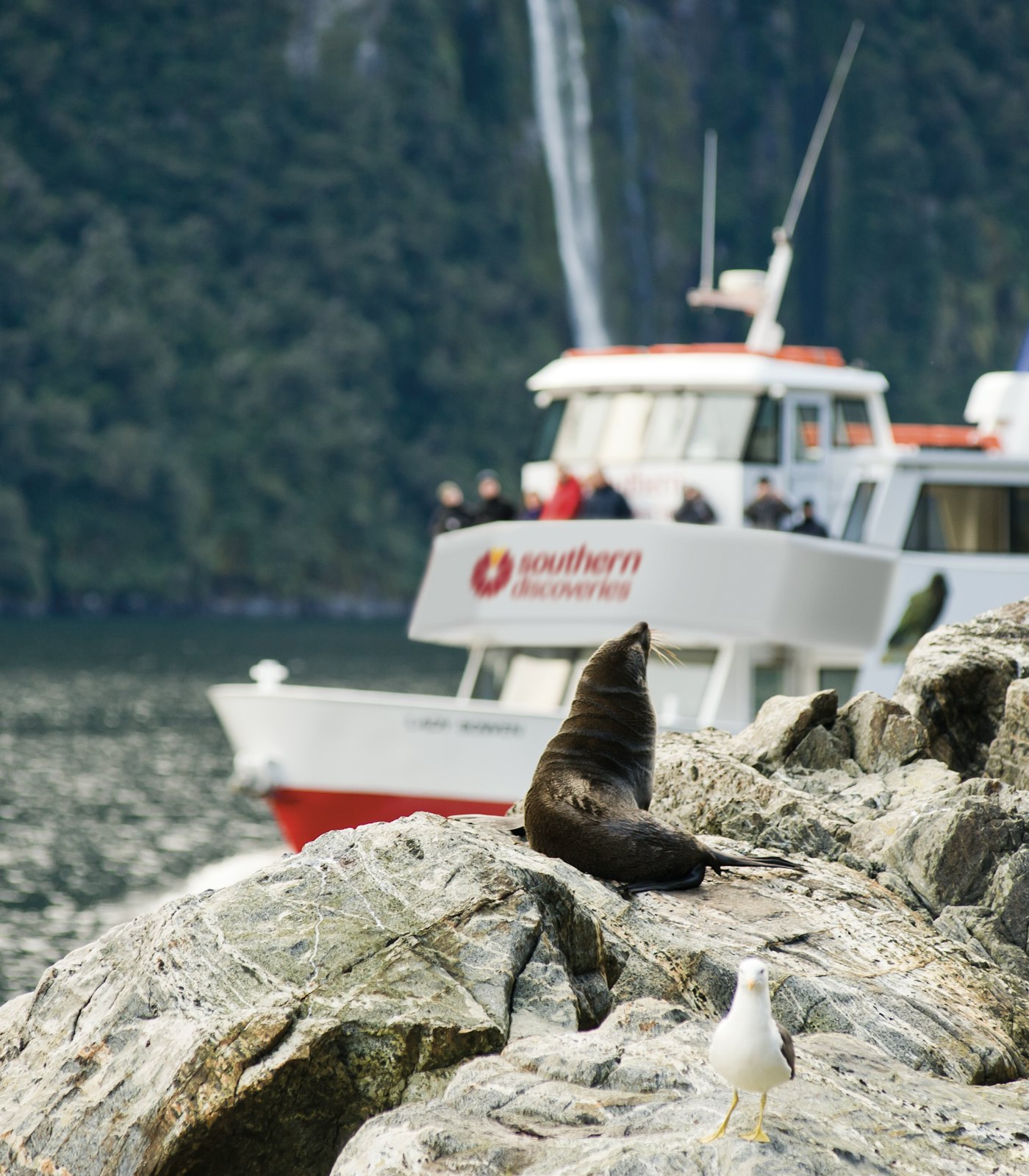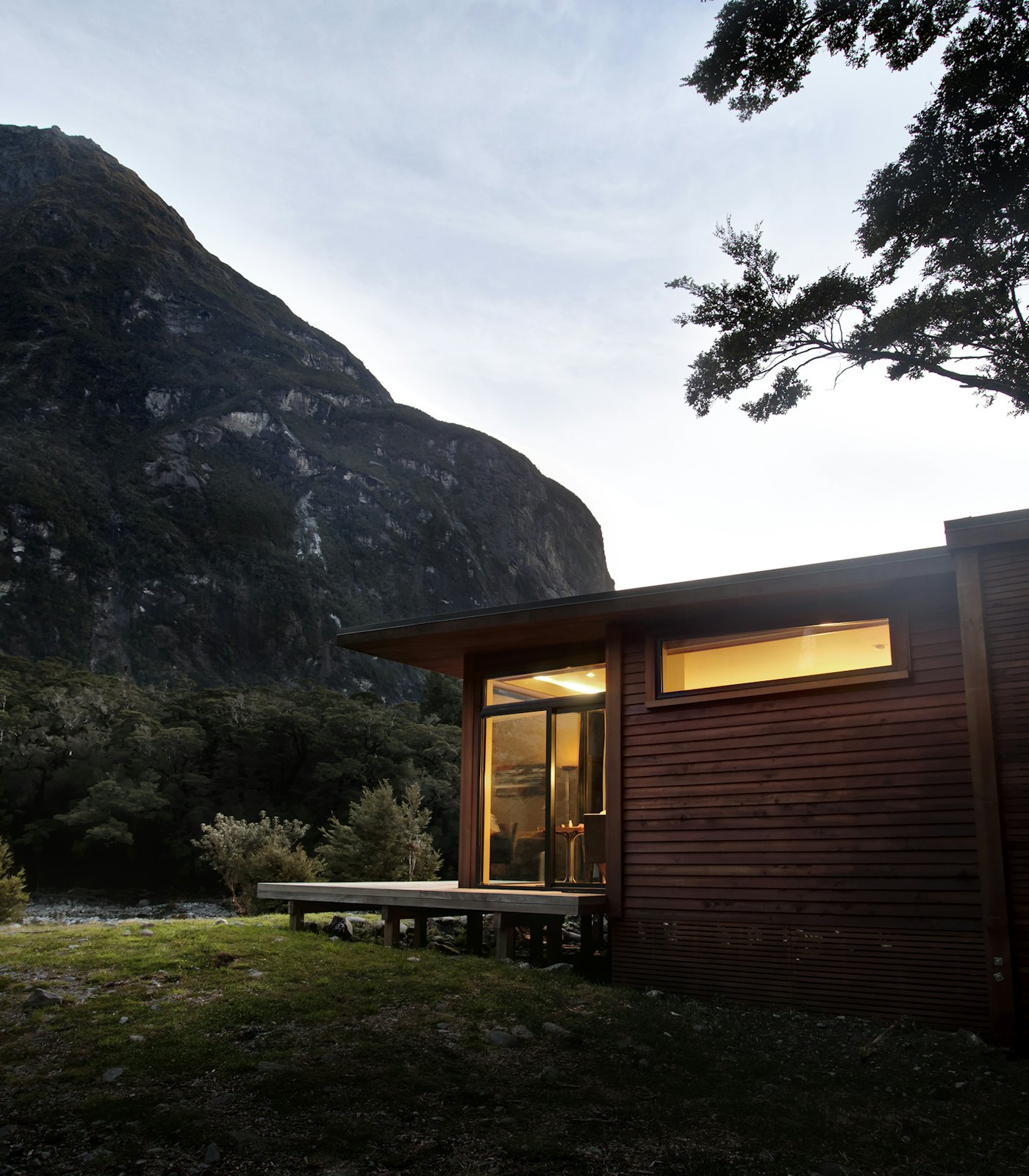Milford Sound Wildlife, Flora & Fauna
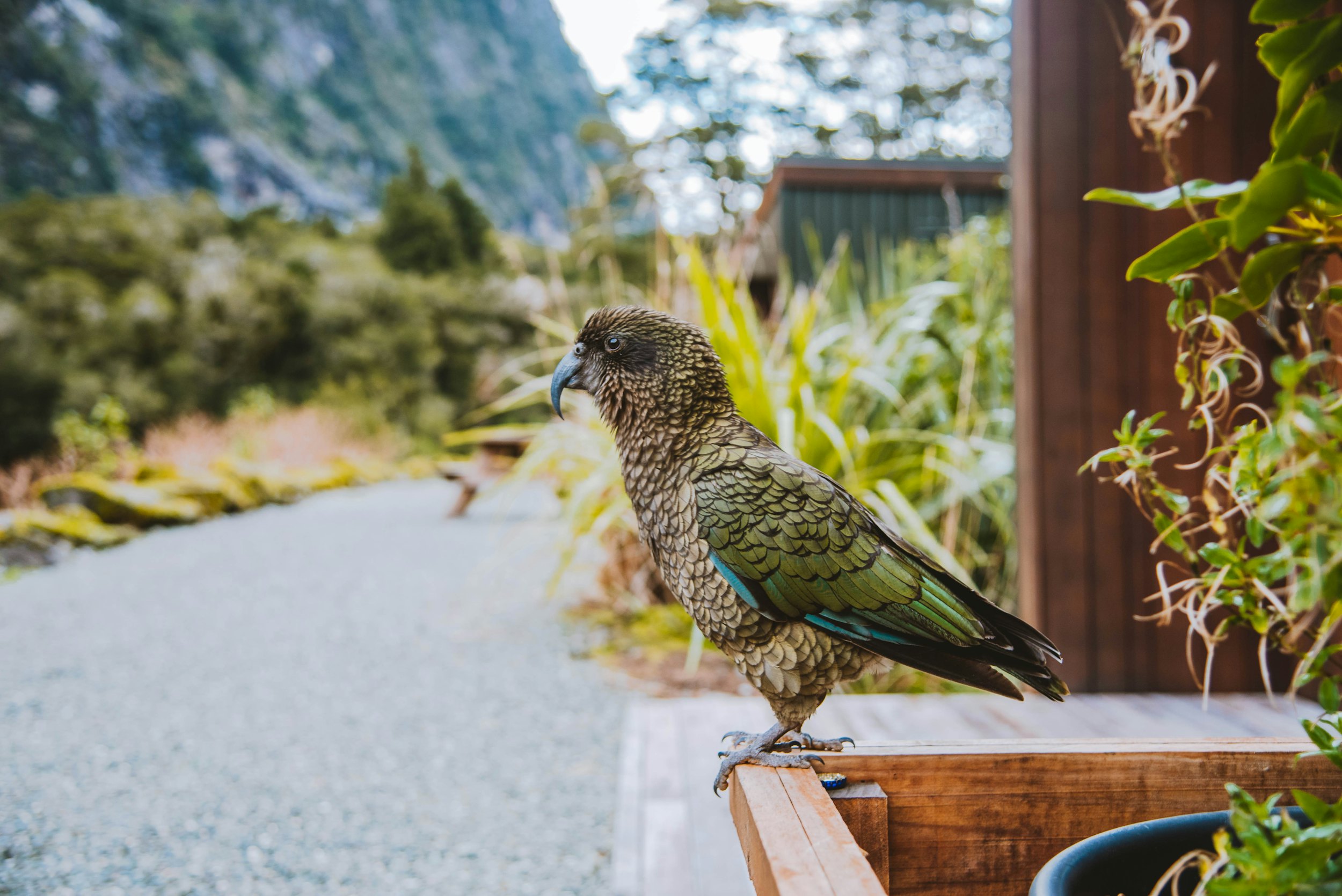
A landscape forged by ice and stone
It all begins with geology. The sheer drama of Milford Sound - its cliffs, valleys, and impossibly steep mountains - wasn’t sculpted by earthquakes or volcanoes. It was carved by ice.
Roughly two million years ago, a series of enormous glaciers advanced through Fiordland, gouging deep valleys and chiselling out the shape of what is now Milford Sound. As those glaciers retreated, the sea flooded the valley floor, creating the iconic fiord we see today.
Look closer, and the story gets even older. The rocks themselves - primarily hard, crystalline gneiss — are among the oldest in New Zealand, formed more than 350 million years ago under intense pressure deep within the earth. These ancient stones, lifted and exposed by tectonic movement and carved by ice, now tower up to 1,600 metres above sea level.
A rainforest that shouldn’t exist
Given how steep and stony the cliffs of Milford Sound are, it seems unlikely that anything would grow here. But that’s where the rain comes in. Milford Sound receives an average of over 6,000mm of rainfall each year - some of the highest in the world - creating the perfect environment for a temperate rainforest to thrive.
Fiordland’s forest is lush and ancient, a tangle of mosses, ferns, and towering trees. Beech trees dominate the canopy, while tree ferns, crown ferns, and perching plants fill the understory. Everything is covered in green - from the rocks to the trunks to the very air, it seems.
One of the most remarkable aspects of this forest is how it clings to sheer rock. Instead of deep soil, many of the trees grow in a shallow layer of moss and organic debris sitting directly on the rock face. After heavy rain, landslides can shear entire sections of forest away, revealing bare cliff beneath - a process that’s both destructive and part of the forest’s natural renewal.
The wildlife that calls Milford Sound home
In a landscape this dramatic, it’s no surprise the wildlife is just as fascinating. While Fiordland may not be overflowing with animals, the species that live here are well worth looking out for.
Kea, the world’s only alpine parrot, is a regular visitor to Milford Sound. Known for its curiosity (and cheeky behaviour), this highly intelligent bird often greets guests in the car park or flits between the trees near the Lodge. Further into the forest, the haunting call of the morepork (ruru) can be heard at night, and lucky visitors may spot the secretive whio (blue duck) in fast-flowing streams.
The area is also part of an ongoing conservation story. Milford Sound Lodge sits near active predator trapping zones, where stoats and rats are controlled to protect native birdlife. Thanks to these efforts, species like the tīeke (saddleback) and kākā are beginning to return to their natural strongholds.
Life beneath the surface
What happens beneath the water in Milford Sound is even more surprising. While the fiord might look dark and deep (and it is - up to 400 metres in places), its unique structure creates a rare marine environment found in only a handful of places around the world.
Milford Sound’s secret lies in its layered water system. Rainwater, stained brown by forest tannins, forms a freshwater layer that sits on top of the heavier, clear saltwater. This creates a kind of natural filter, allowing deep-sea species to survive at much shallower depths than usual.
As a result, divers in Milford Sound can encounter black coral, normally found at depths of 100+ metres, thriving at just 10 metres below the surface. The fiord is also home to bottlenose dolphins, New Zealand fur seals, and occasionally Fiordland crested penguins, who nest in coastal bush during spring and summer.
At the fiord’s entrance, where the water meets the Tasman Sea, larger visitors such as orca and humpback whales occasionally pass through - adding another layer of wonder to this already extraordinary place.
A natural world like no other
Milford Sound may look still and silent, but it’s alive in every direction. Rain feeds forests, cliffs grow gardens, ancient stone meets delicate moss, and deep waters shelter rare creatures. Every part of the ecosystem is connected, dynamic, and quietly powerful.
For those who take the time to stay, explore, and observe, Milford Sound offers more than just a scenic escape. It’s a rare reminder that wildness still exists - and that nature, left mostly to its own devices, can create something truly astonishing.
